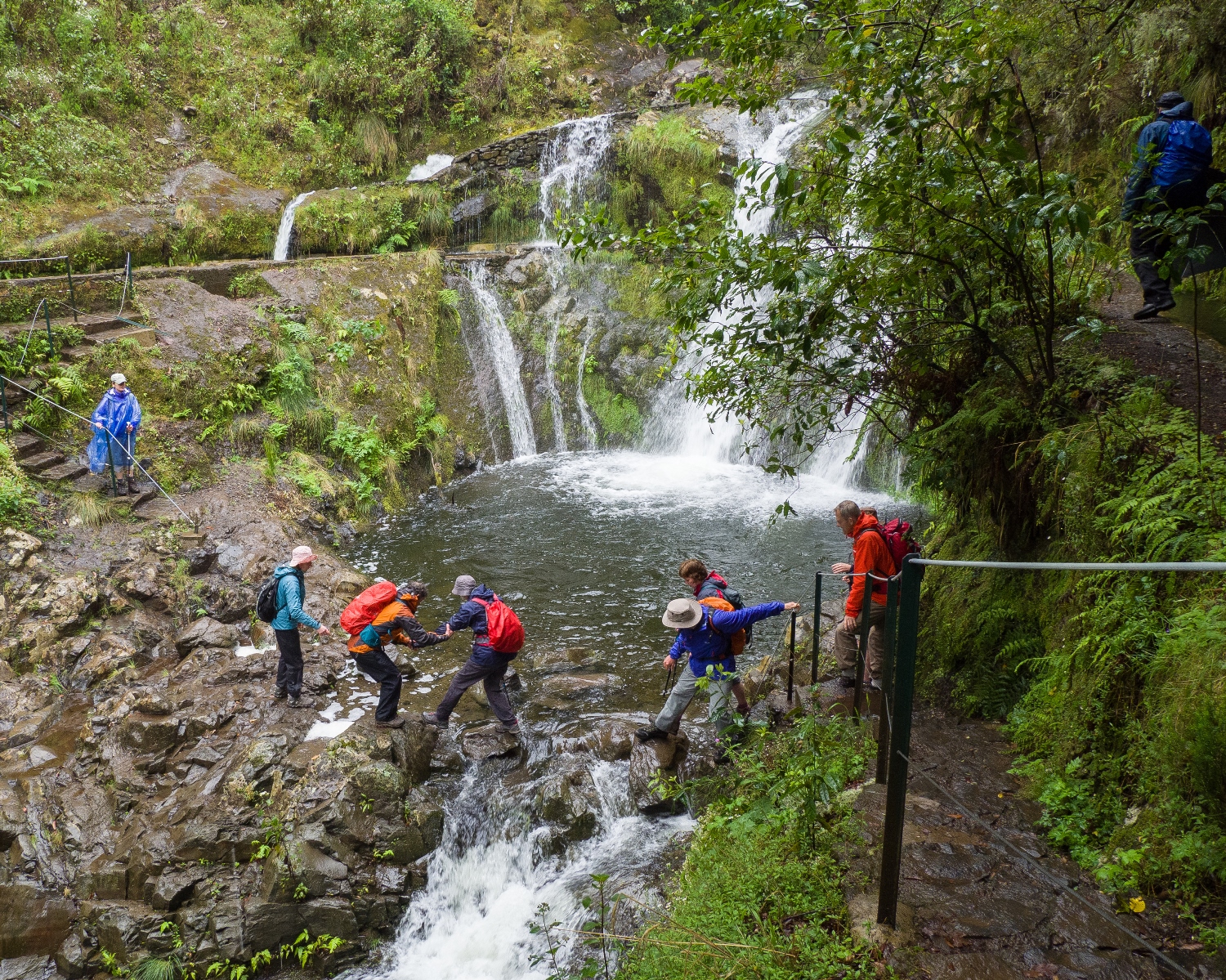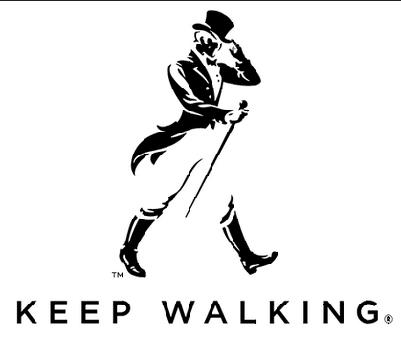- Home /
- Safe walking
Safe walking
Another way of putting it is being prepared and having an enjoyable and relaxed walk or event. By being prepared most problems can be avoided, however, should something happen, it is best to know what to do!
Designated H&S committee member
The designated member of the committee with responsibility for health and safety is Mike Woodhead. If you need to contact Mike you can do this by email or phone (see members page).
Leading or planning to lead a walk?
Check lists / Advice sheets / Risk assessments
Do not be put off by the term risk assesment. Risk assessments are about thinking through "what might go wrong" and then taking reasonable precautions. For example slips are a high risk when walking so you wear boots with a good grip. To make it easier to use we have designed our risk assessments in a way that they also act as advice sheets and as a check list. Choose the appropriate sheet for what you are doing:
- Coast and countryside walks:- Reccying the walk V2 / Doing the walk V7 / Un-reccied walks V1
- Mountain and moorland:- Mountain & moorland V4
If you have any comments or suggestions please feed these back to the group's H&S rep.
Livestock
When walking through fields with cattle or horses keep together as reasonably tight group do not get spread out. Avoid walking between cows and calves or cows and a bull. The Ramblers advice is “Be prepared for cattle to react to your presence, especially if you have a dog with you”. These links take you to the Ramblers Association on walking near livestock and walking near horses.
Wet & cold
Whilst we do all we can to encouarge walkers to have suitable clothing with them accidents do happen and people misjudge their equipment. To add to the safety of the group we have survival shelters that can be borrowed for walks. These re particularly important in landscapes such as Dartmoor, Exmoor and the Quantocks. This link takes you to our kit list and who holds the shelters.
Emergency procedure
If an emergency occurs on a walk you need to know what to do. To help you we have drawn up an ![]() Emergencyprocedure; this is also available as a waterproof card. If you have to call the emergency services your exact location is very important. Make sure you have your map with you, and you know how to take a grid reference. A (phone with) GPS gives you an exact location, and if you also have the What3Words app you can find your What3Words location even without a data signal (emergency services also use What3Words).
Emergencyprocedure; this is also available as a waterproof card. If you have to call the emergency services your exact location is very important. Make sure you have your map with you, and you know how to take a grid reference. A (phone with) GPS gives you an exact location, and if you also have the What3Words app you can find your What3Words location even without a data signal (emergency services also use What3Words).
Mobile phones
Mobile phones are a good way of calling for help (and modern phones also allow you to download a map package). However, network coverage can be patchy and reception poor or non-existent in some rural areas, particularly in combes and woodland but occasionally also in more open areas. Two important things to know about and do are:
- Even if you do not have a signal try to call 999 as your phone should seek out other networks.
- If reception is patchy you can text an emergency message to 999, but you need to register your phone first. SMS Emergency - how to set up
Accidents
If an accident occurs you must, as soon as practically possible, contact Mike or one of the committee members (all contact details on members page).
Near misses
If any form of near miss occurs please do report this to Mike or one of the committee. It is in this way that we can learn and improve the running of the group.
Advice for walkers
We have a walk advice sheet which tells you the equipment you will need for a safe and comfortable walk. It also provides advice on how to walk as a group.Advice for walkers v3. We would hate to have to do this but if the leader or one of the committee has serious concerns over your clothing or equipment they have the right to refuse you on the walk. However, it is your responsibility for your own safety, please be sensible.
Ticks and Lyme disease
Ticks are pesky little things which you may find attached to your skin during or after a walk. To know how to identify them and what to do please read the very good advice sheet from the Lyme Disease Society. Some ticks carry Lyme disease and this can be transferred to humans so do please read the LDA advice sheet ticks & lymes disease.
Social events
We have a simple advice sheet / check list for social events - link.
First Aid Information Sheets
General First Aid (also includes some general advice for leading walks)
Bleeding
Breathing difficulties
Epilepsy, Diabetes
Heart attack, Angina, Cardiac Arrest
Heat Exhaustion, Heat Stroke
Hypothermia
Shock Fainting, Anaphylactic shock
Working with helicopters

Last edited: 15/12/2025
Menu
Upcoming events
Birthday walk - West Chinnock area - Mike W
SUNDAY. Footloose303 will be 15 this year. Celebrate with a walk followed by tea and cake at John's. Walk from West Chinnock, 8-9 miles, led by Mik ...
Walk - Brendon Hills - Paula
SUNDAY. Paula C will lead a walk in the Brendon Hills taking in Roadwater and Luxborough. 10 miles, moderate. This is the walk that was postponed from ...
Upcoming walks and gaps
The walks calendar for February-April is currently: 25 Jan - location TBC - Mark 1 Feb - vacancy 7 Feb (Sat) - Langport - Susan & Sally R 15 ...
Calendar


